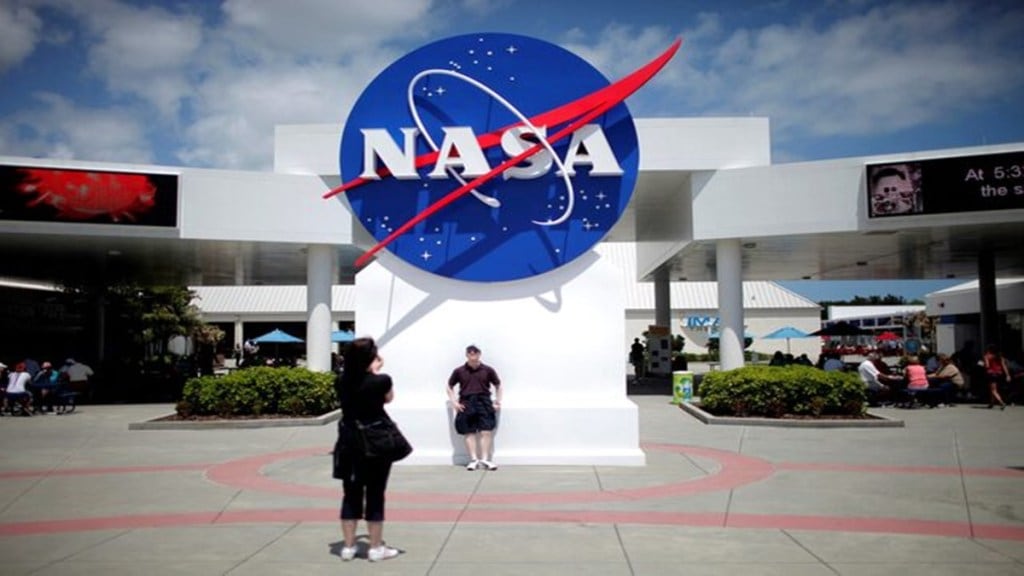By Dr Ajey Lele
The Wright brothers were the aviation pioneers in the world. They are famous for flying the world’s first successful air mission. It was an engine-powered aircraft, which took to the skies on December 17, 1903, and the first fixed winged aircraft was born. Many years later on April 19, 2021, an aircraft (helicopter) for the first time flew (powered flight) above the Martian surface. This aircraft was NASA’s Mars Helicopter called Ingenuity. The last flight of this aircraft flew on January 18, 2024. This flight encountered some technical glitches leading to an accident. Now almost after one year, NASA has published a detailed aircraft accident report.
The detailed examination revealed that it was the inability of Ingenuity’s navigation system to provide accurate data during the flight, which was the main reason for the system to malfunction. This likely caused a chain of events leading to the end of this mission. This mission was actually designed for technology demonstration purposes. There were some doubts in the minds of scientists about the possibility of the aircraft flying in the Martian atmosphere. Hence, with limited aims, the mission was planned for five experimental test flights over a 30 days period. However, in reality it lasted almost three years and performed 72 flights. Another significant aspect of this mission was that, the Ingenuity flew more than 30 times farther than planned. Overall, the helicopter accomplished a total of two hours of flying time (128.8 flying minutes). It covered a distance of around 17 km and reached altitudes as high as 24 meters above the Martian surface. The atmosphere of Mars is much thinner and colder than Earth. The median surface temperature on Mars is -65°C and the average surface pressure is 0.6% of the Earth’s value. It is really commendable that this flying machine survived for so long in such inhospitable terrain with an extremely thin atmosphere.
The average distance of Mars from Earth is 225 million km. In every aspect it was a unique accident investigation carried out by NASA. Standard navigational systems provide location, velocity and time synchronization. These are space-based systems like GPS. However, in the case of Ingenuity, a navigation system was designed and built based to provide location information derived from the visual features on the surface of Mars. Downward-looking cameras were picking up the features on the Martian surface, which is a well-textured (pebbly) but flat terrain. The investigation carried out by NASA indicates that the system had a limited tracking capability good enough for five missions. During the 72nd mission, the helicopter was flying over a region with steep, relatively featureless sand ripples. The report finds that for Flight 72, immediately (within the first 20 seconds) after the take-off, the navigation system was not able to find enough surface features to track. Possibly, this could have created a confusion leading to a navigational error.
The success of Ingenuity is very special. This was the first powered flight on Mars. Scientists from NASA’s Jet Propulsion Laboratory and other agencies involved in working on this project succeed in creating a flying platform, which is lightweight and adaptable for Mars’ atmosphere. It re-established NASA’s expertise towards undertaking autonomous operations on other planets. The mission is powered by solar panels that recharge its batteries. Use of solar power on other planets is of much significance and future missions could be planned to last for longer durations. Ingenuity’s success has shown that aerial exploration is possible on other planets. The data collected by using an aerial platform would have much utility for planning the missions in the future.
It is important to note that though the helicopter had crash-landed, leading to severe damage to its rotor blades, still the communication systems are not destroyed. NASA has found that the avionics battery sensors remain functional. Now NASA is planning to convert this flying platform into a weather observatory. The unit lying on the ground would be recording telemetry and taking images. It is not known if the system can pick up any data on temperatures at the crash site. Unfortunately, the rover, through which Ingenuity communicates via radio link with the Earth station, is now 3 km away from the crashed helicopter. Hence after a few days the Ingenuity might lose its ability to communicate with the Earth. There is a possibility that during future missions NASA could get access to the stored data.
Ingenuity’s success shows that the concept for future aerial exploration of planets, Mars and beyond is possible. Also, this mission provides some important lessons in regard to the navigation and autonomy for space exploration. Ingenuity was possibly using a combination of inertial measurement elements, visual inputs received from cameras, and onboard processing to map its flight path. For future missions there is a need to improve on these existing processes. Also, flying at low altitudes on planets having minimal atmospheric density requires a high degree of precision and some work is required in this field too. On the whole, both the success and failure with the Ingenuity project have opened new doors for undertaking flying on planets beyond the Earth.
The author is Deputy Director General, MP-IDSA, New Delhi.
Disclaimer: Views expressed are personal and do not reflect the official position or policy of FinancialExpress.com Reproducing this content without permission is prohibited.


